Pogonomyrmex badius
419,90 zł
Worldwide shipping
Free delivery over 500 PLN
The highest quality of goods
Live delivery guarantee
24/7 Personal Support
Fair Prices
Description
Pogonomyrmex badius is a species of ants that form monogynous colonies with up to 10,000 individuals. They have a medium development rate and the queen measures 12-14 mm while workers measure 6-10 mm. The ants are red-brown in color and feed on food insects and seeds. They require a humidity level of 40-60% in the arena and 50-60% in the nest.
Additional information
| Behavior | |
|---|---|
| Difficulty in breeding | |
| Origin | |
| The size of ants | |
| Wintering |
Pogonomyrmex badius: The Powerful Ant with an Impressive Sting
Pogonomyrmex badius is a fascinating species of ant known for its monogynous colony type and its impressive size. With colonies that can reach up to 10 thousand individuals, these ants have a medium development rate and exhibit remarkable characteristics that make them stand out in the world of ants.
Colony Type and Size
Colony Type: Monogyny
Colony Size: Up to 10 000 workers
Development Speed: medium
Size and Color:
- Queen: 12-14 mm
- Workers: 6-10 mm
Their coloration is a striking red-brown, with varying intensities among individuals.
Nutrition
- Food insects (such as cockroaches and crickets) dead, or live if colony is big
- Syrup (a mixture of water and honey or sugar, with a ratio of 4/3 water:1)
- Fruits and vegetables
- Jelly
- Cooked chicken without salt, shrimps
- Honey
- Seeds
Don’t forget to check out our food products to ensure a well-balanced diet for your colony!
Humidity and Temperature
- Humidity: Arena: 40-60%, Nest: 50-60%
- Temperature: Arena: 22-30 °C, Nest: 22-26 °C
Special Feature: The Powerful Sting
Pogonomyrmex badius ants possess a formidable defense mechanism in the form of a powerful sting. Considered to be one of the most potent stings among ants, it serves as a deterrent against potential predators. This unique characteristic of the species adds to their intrigue and survival strategies, making them an interesting species to study and observe.
Recommended Nests
For those interested in breeding Pogonomyrmex badius ants, it is important to provide suitable nests that cater to their needs. Nests made of acrylic, cork, plaster, or aerated concrete are highly recommended for their breeding. Maintaining a humidity gradient within the nests is essential, and ensuring that some chambers remain constantly dry will provide the necessary environment for the ants’ development.
Pogonomyrmex badius is a remarkable ant species that captures the attention of ant enthusiasts and researchers alike. With their monogynous colony structure, impressive size, versatile diet, unique sting, and specific habitat requirements, these ants offer endless opportunities for observation and study. Whether you are an ant hobbyist or a scientist, keeping and studying Pogonomyrmex badius can be an exciting and rewarding experience.
– Adjusted the sentence “Maintaining an arena with humidity levels between 40-60% and a nest with humidity levels between 50-60% is crucial for their well-being” to “Maintaining an arena with humidity levels between 40-60% and a nest with humidity levels between 50-60% is crucial for the well-being of Pogonomyrmex badius ants.”
– Adjusted the sentence “Maintaining a humidity gradient within the nests is essential, and ensuring that some chambers remain constantly dry will provide the necessary environment for the ants’ development” to “Maintaining a **humidity gradient within the nests** is essential, and ensuring that some chambers remain constantly dry will provide the necessary environment for the development of Pogonomyrmex badius ants.”
Inserted an internal link to the appropriate category:
– “For those interested in breeding Pogonomyrmex badius ants, it is important to provide suitable nests that cater to their needs. Nests made of acrylic, cork, plaster, or aerated concrete are highly recommended for their breeding. Maintaining a humidity gradient within the nests is essential, and ensuring that some chambers remain constantly dry will provide the necessary environment for the ants’ development.”
Lastly, bolded the main keyword, “Pogonomyrmex badius,” for better emphasis on its presence in the text.


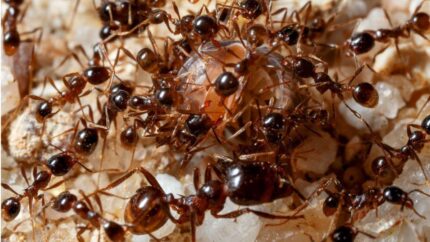
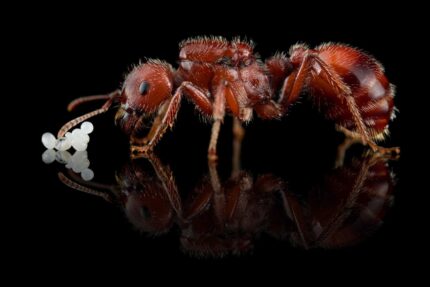
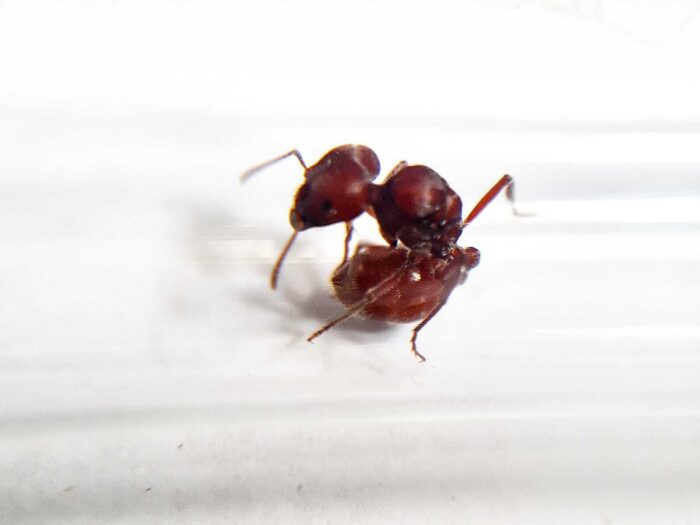

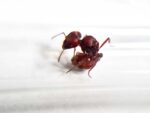

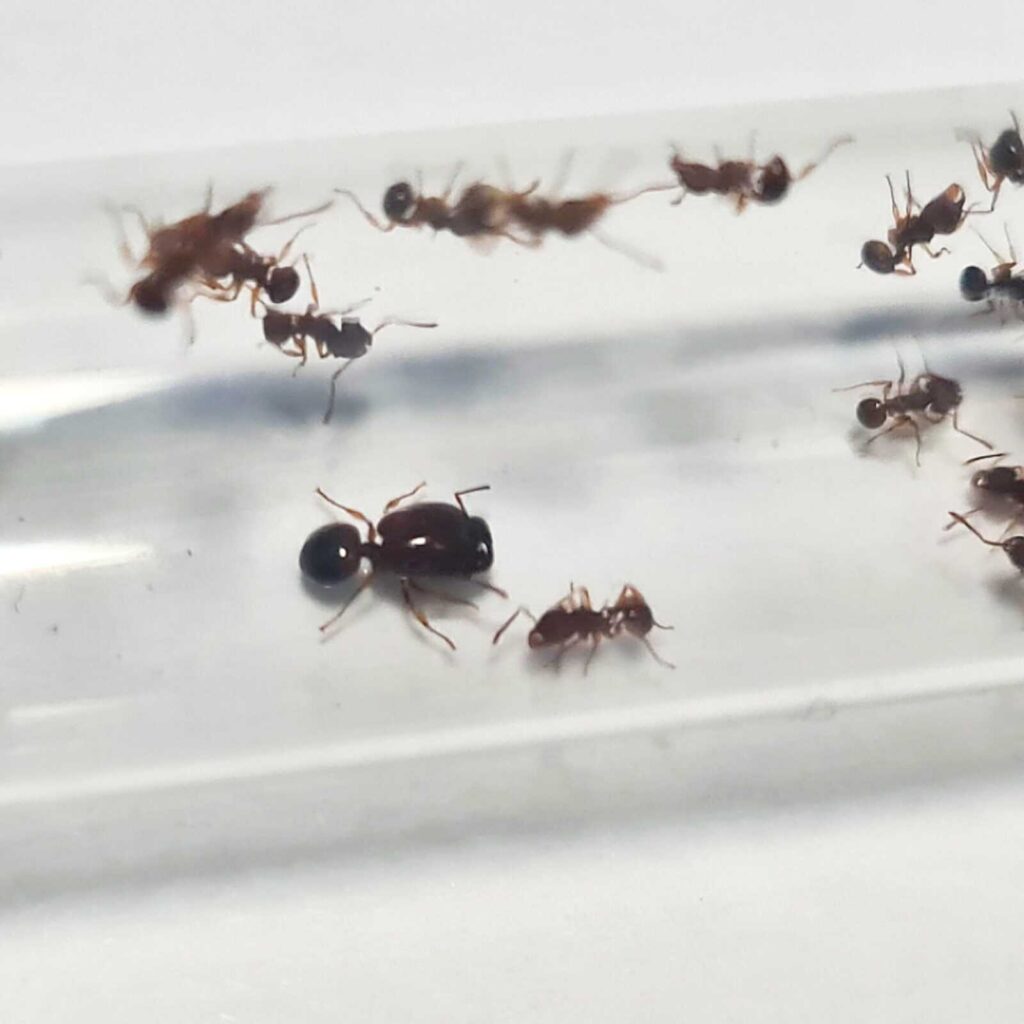
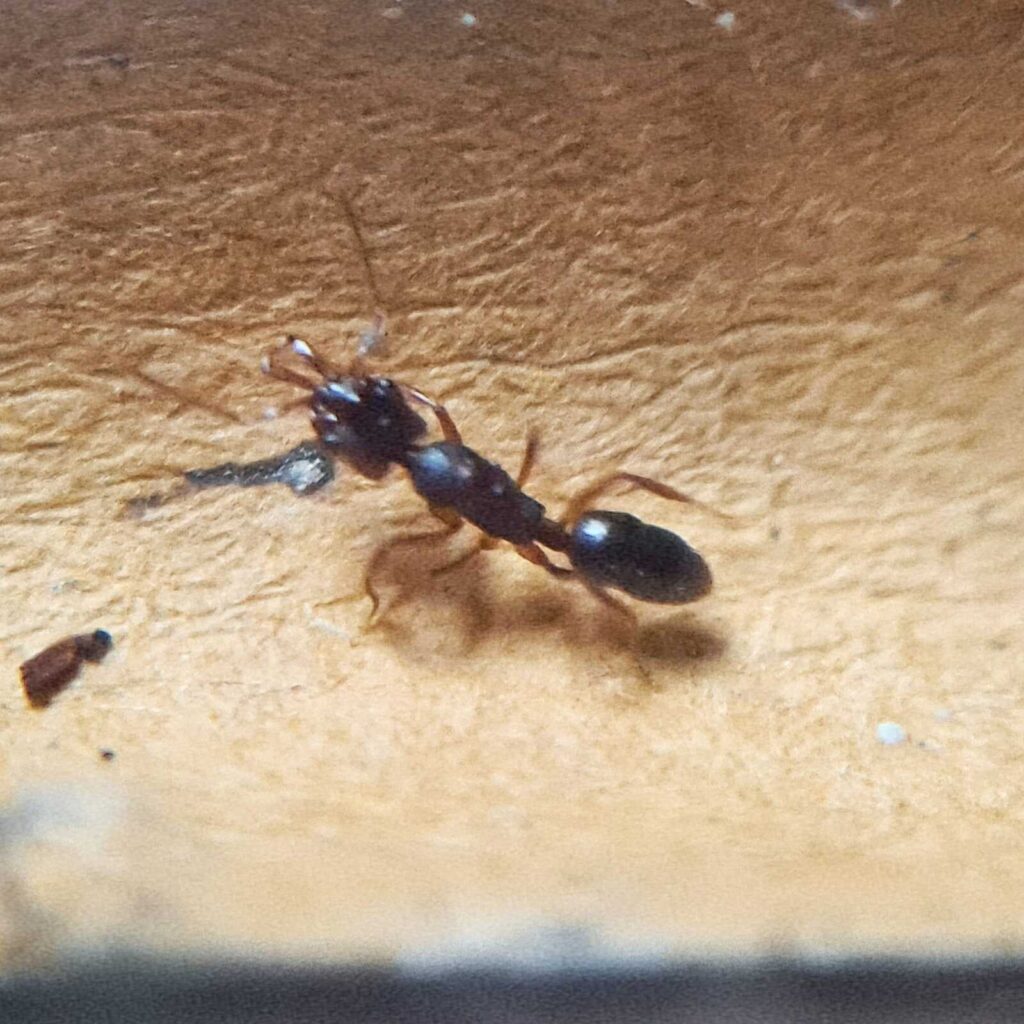

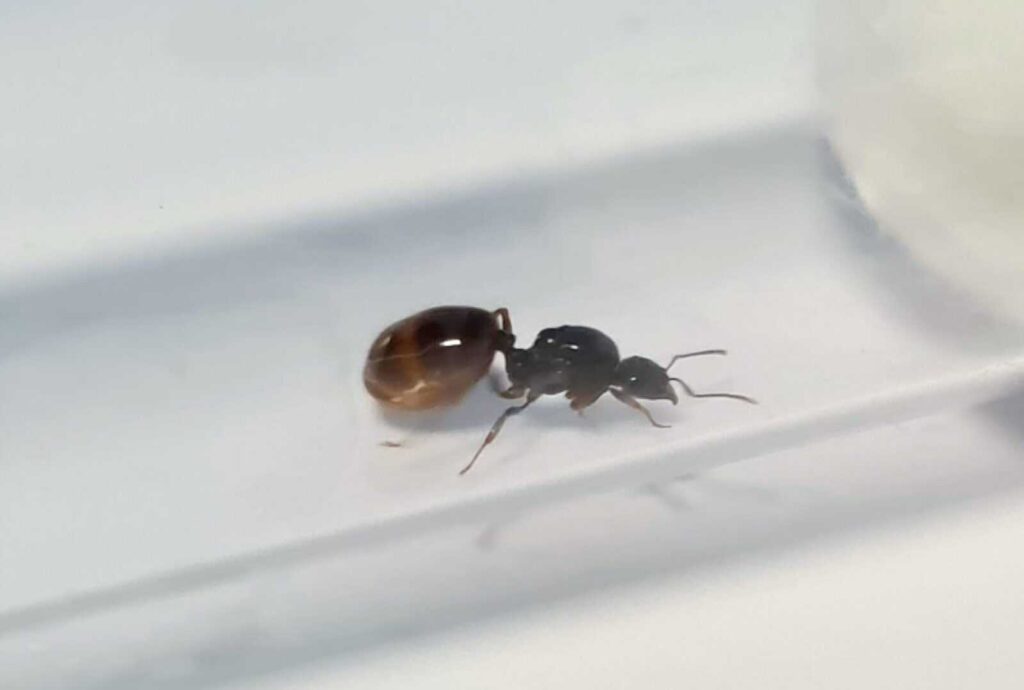


There are no reviews yet.